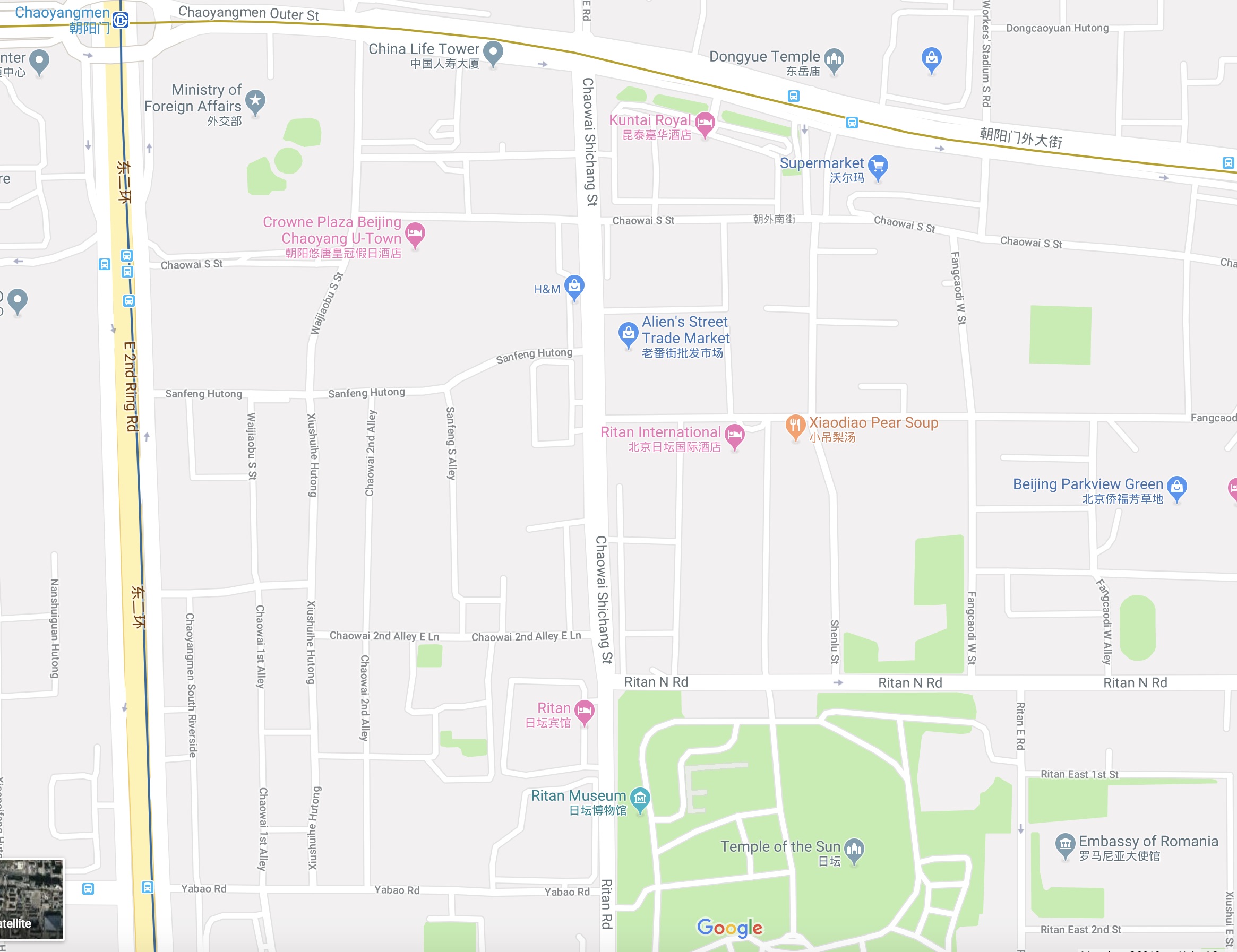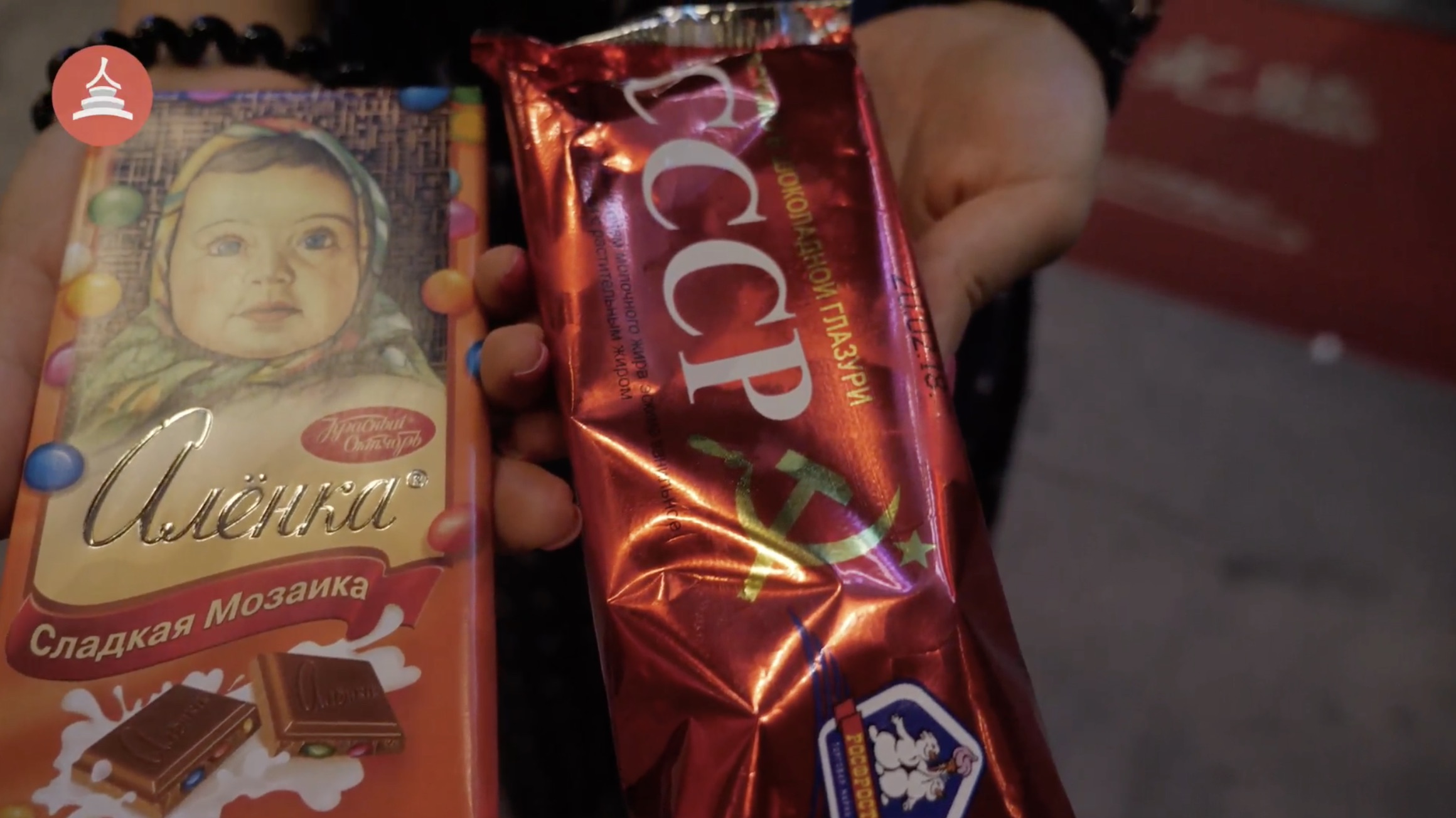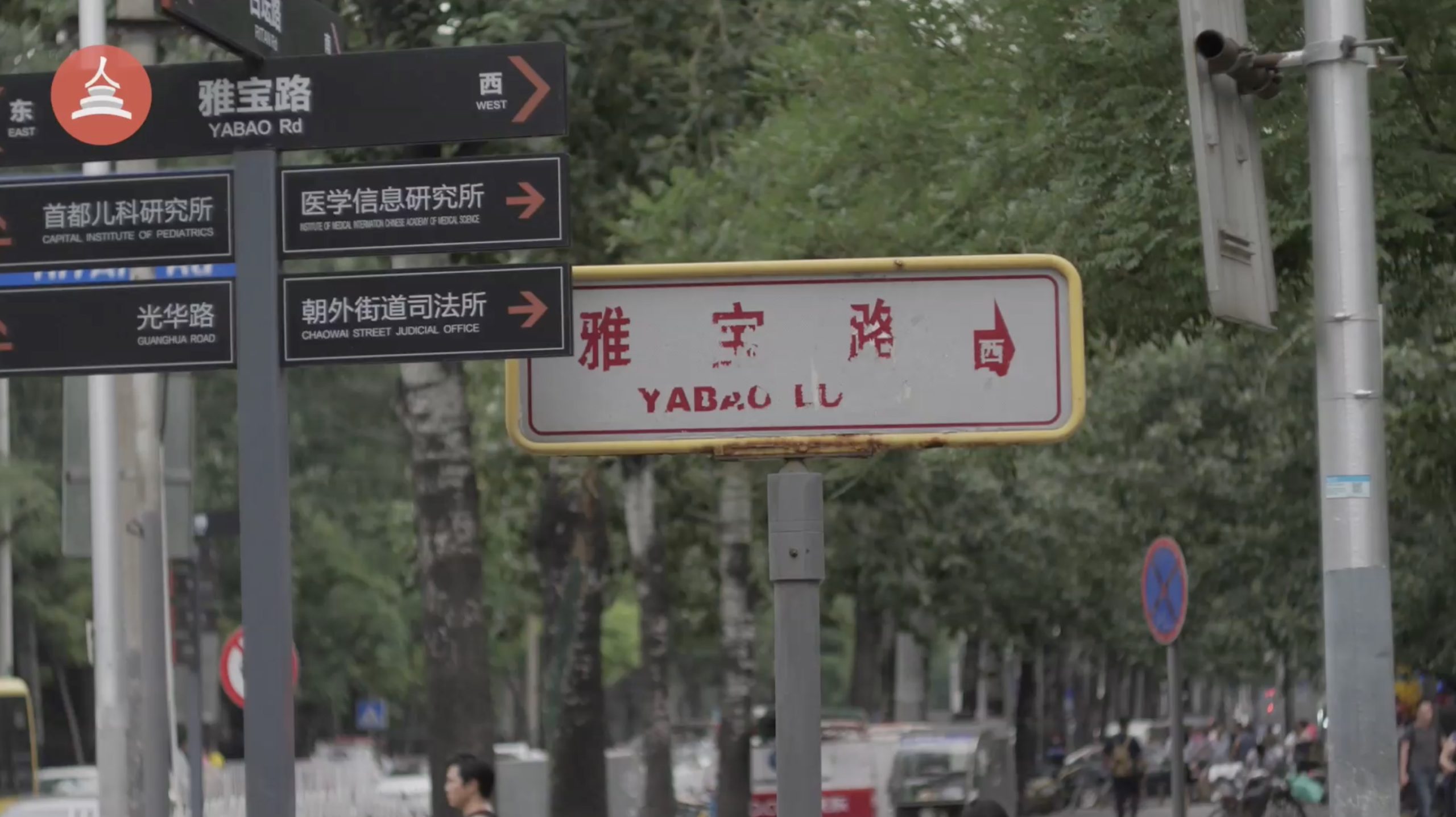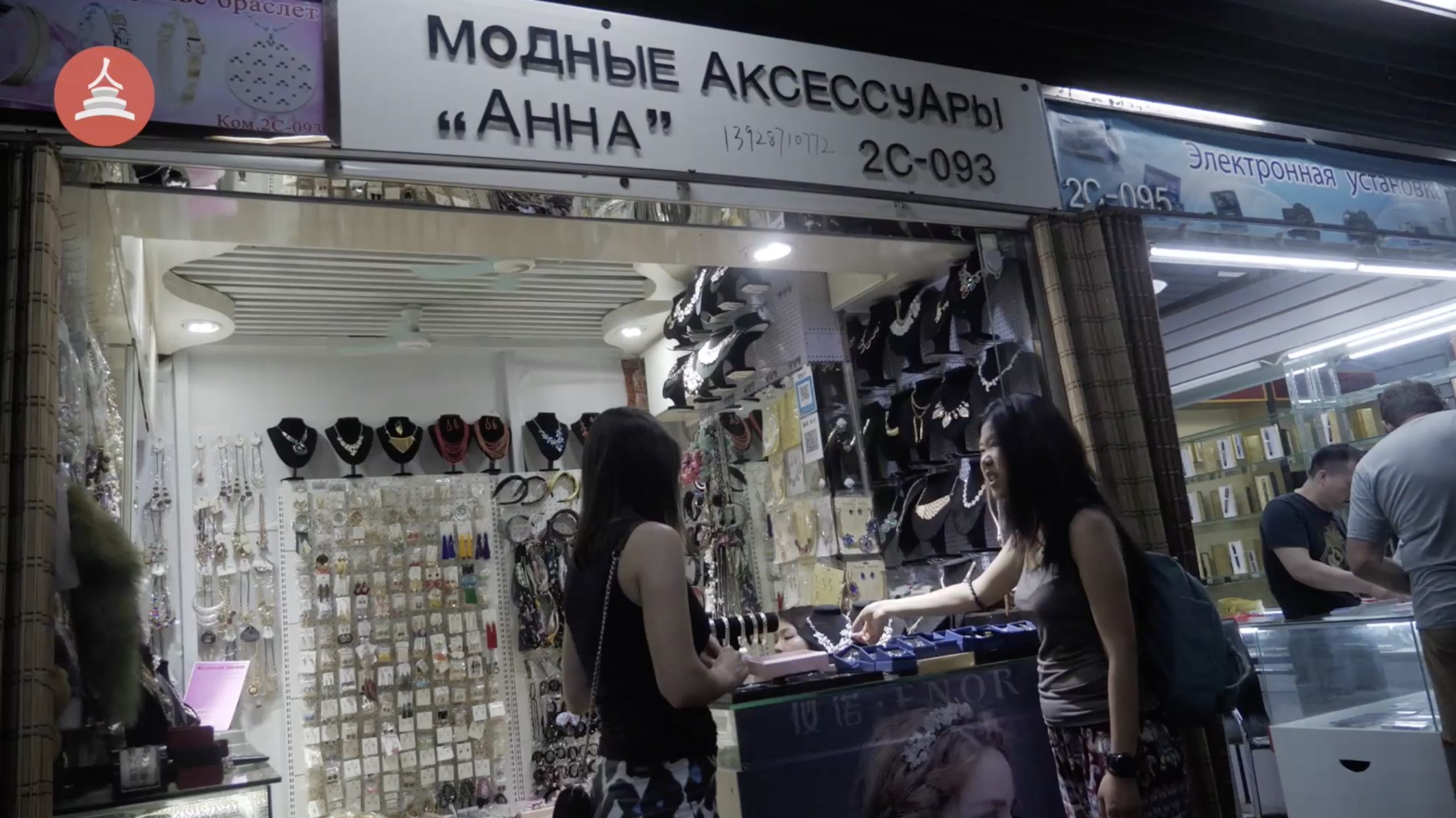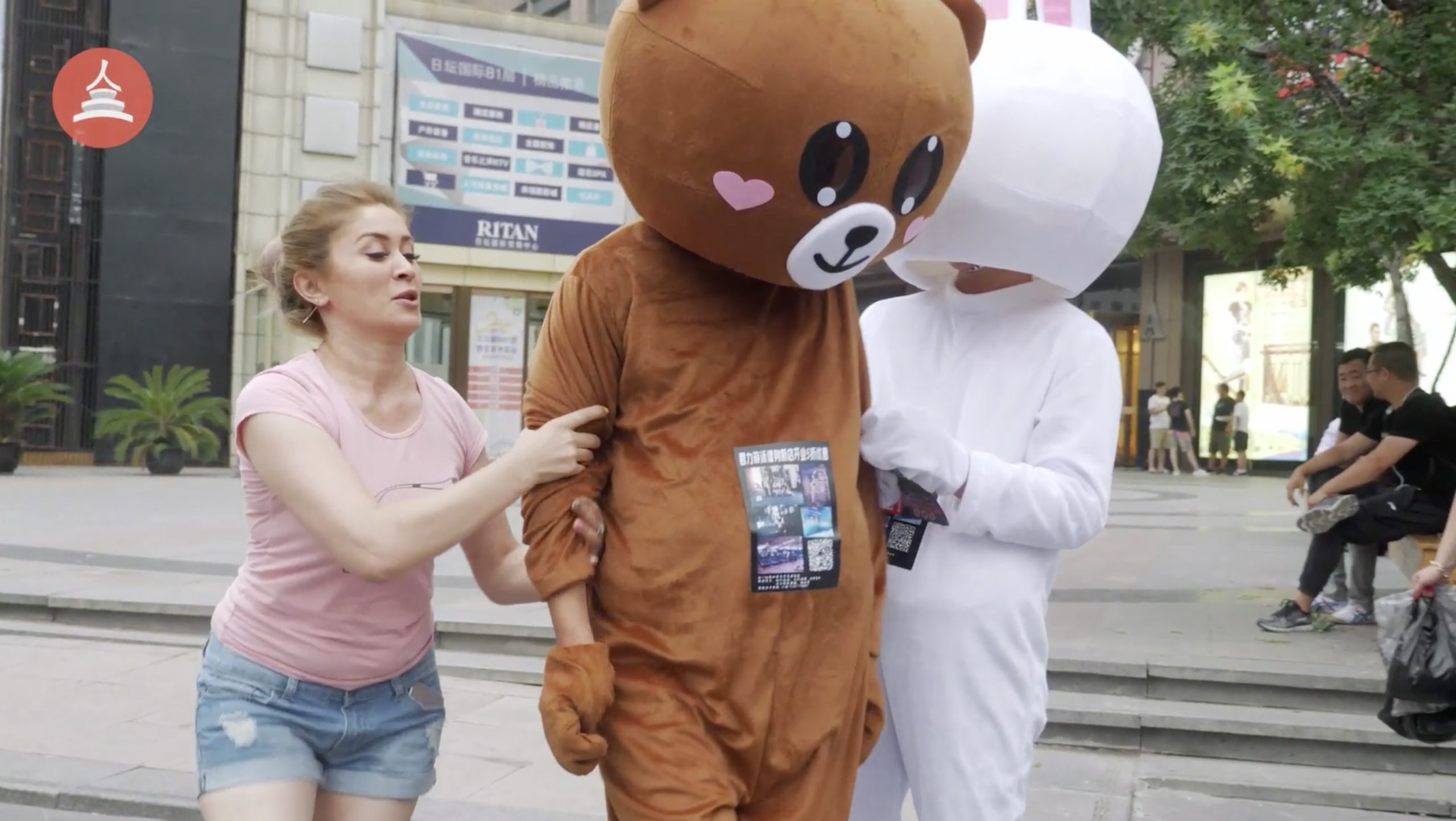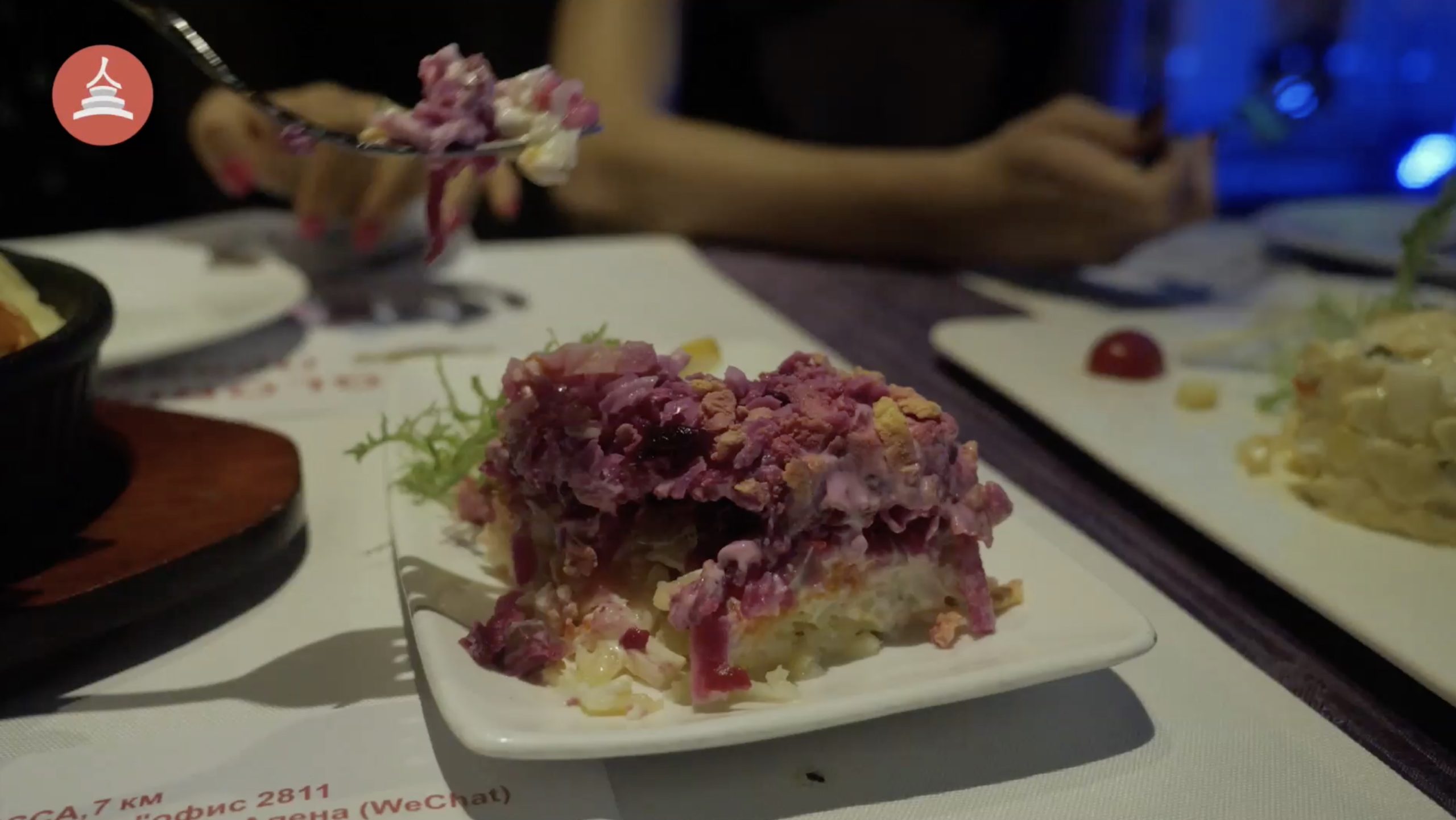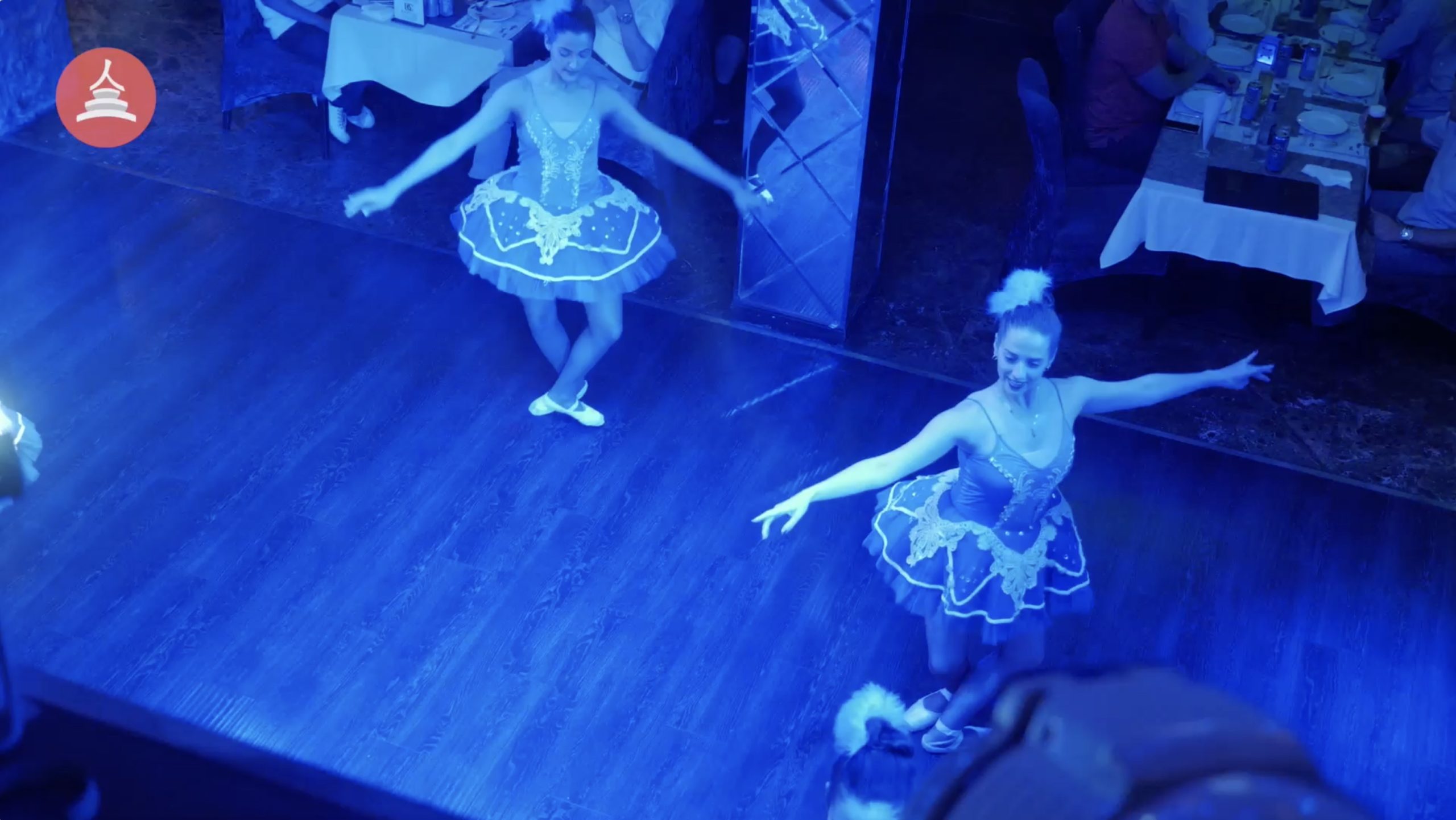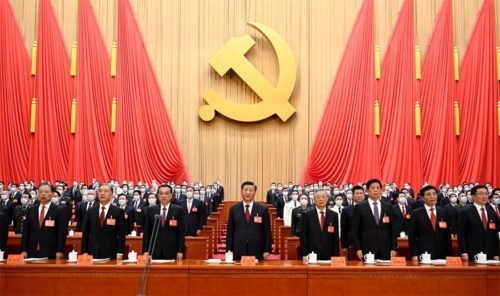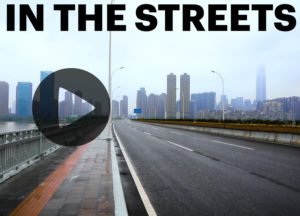Beijing Ren: The Russian District
Beijing Ren is a video series documenting local contemporary Beijing life and culture.

Just outside Second Ring Road in east-central Beijing is the area of Yabaolu 雅宝路, popularly known to locals as Russian Town or the Russian district. Here, rickshaw drivers speak fluent Russian, and Russian signs dominate shops and malls with no trace of a Chinese translation.
The area is dotted with shops and restaurants, and extends south from Chaoyangmen Outer Street 朝阳门外大街, past Ritan Park (Temple of the Sun), toward Guanghua Road 光华路. Doing business in the Russian district was once highly lucrative, and the neighborhood boomed right up until the Russian financial crisis in 2014, where the ruble collapsed. For over a decade, Russian merchants came to Yabaolu to shop for raw materials, such as leather and fur, to process and resell in Russia. Russian tourists came to buy cheap knockoffs (and for “fur tours”), and Russian expats saw it as the epicenter of all things familiar.
One of the hottest traded commodities in the area, even today, is fur. Minx fur, to be exact. With shops targeted exclusively at Russian traders who buy it in bulk, they are turned into coats and hats and sold back in places like Moscow. Up until very recently, rows of tiny roadside shops were filled with bundles of the stuff. These have largely disappeared, but the bigger fur showrooms are still easily found inside the conclaves of Ritan International Shopping Mall (日坛国际贸易中心 rìtán guójì màoyì zhōngxīn), just south of what used to be the Alien Street Wholesale Market.
Alien Street Market (老番街市场 lǎo fān jiē shìchǎng), one of the original indoor markets that sold Russian goods wholesale, was closed in the last year, replaced with small but familiar Chinese retailers and chains such as 7/11 and the unmanned convenience store Bianlifeng. It’s no surprise, given that the Russian quarter sits on prime real estate.
As you walk north to Chaoyangmen Outer Street, you’ll notice a sharp change in atmosphere, with U-Town — a shopping mall opened in 2009, with stores like H&M and Zarah — as the centerpiece. The juxtaposition with the visibly worn-down exteriors of Russian shopping centers is stark.
On the south end of Alien Street was an infamous venue called Chocolate, legendary in the Beijing nightlife scene, a go-to destination for those too drunk to call it a night between the hours of 1 and 4 am. Stripper poles dotted the dance floor next to a stage, where nightly performances included the scantily clad and athletically talented, showcasing classical Russian moves and physiques. Today, Chocolate’s lights have dimmed, and the club has given way to Mango Restaurant, just across the street.
Mango is less club, more restaurant, but offers its customers a delightful combination of authentic Russian cuisine and spectacular Russian dance.
My guide, the charming Russian Julia Lobyntseva, took me there to have a traditional meal. We started with a Russian salad (the Oliv’e), a new year’s dish that’s, well, full of cream. That was followed by a beetroot salad known as “Herring Under a Fur Coat” (Seledka Pod Shuboi), made with layers of picked herring covered with a mashed layer of grated potatoes, carrots, beetroot, chopped onions, and, of course, lots of mayonnaise. For mains, I was introduced to the Russian dumpling vareniki (contentious, given dumplings are from China!), which was, again, very creamy. It was topped off with Beef Stroganoff, which was, incidentally, also full of cream. The best bit was the magnificent view of the ballet, pole dancing, and folk dancing on stage in the atrium, performed every day from 8 pm to midnight.
We also visited a Russian pharmacy, where Julia showed me a product she described as “special napkins for intercourse.”

And no visit to any country is complete without a visit to the supermarket to buy everyday dietary staples and stock up on local produce. We ventured to the nearby Qingtian Qiaoxiang Supermarket and picked up some Alyonka chocolate, from the well-known Russian brand Red October, some old-school ice cream, and Julia’s favorite: home-made cottage cheese.
Not too long ago, the Russian district was bustling and self-contained, a one-stop shop for shopping, food, entertainment, and nightlife. But these days, the after-party in Beijing is centered in Sanlitun, even for Russians. Sanlitun is a trendy shopping, restaurant, and nightlife area northeast of the Russian quarter, where the young and fashionable, like Julia, usually end up on a night out. And that’s where we headed — but with our chocolate, ice cream, and cottage cheese very much in hand.

Previously:
Beijing Ren: The Old Beijing charms and traditions of Huguosi
Beijing Ren will return next Thursday!
Next:

